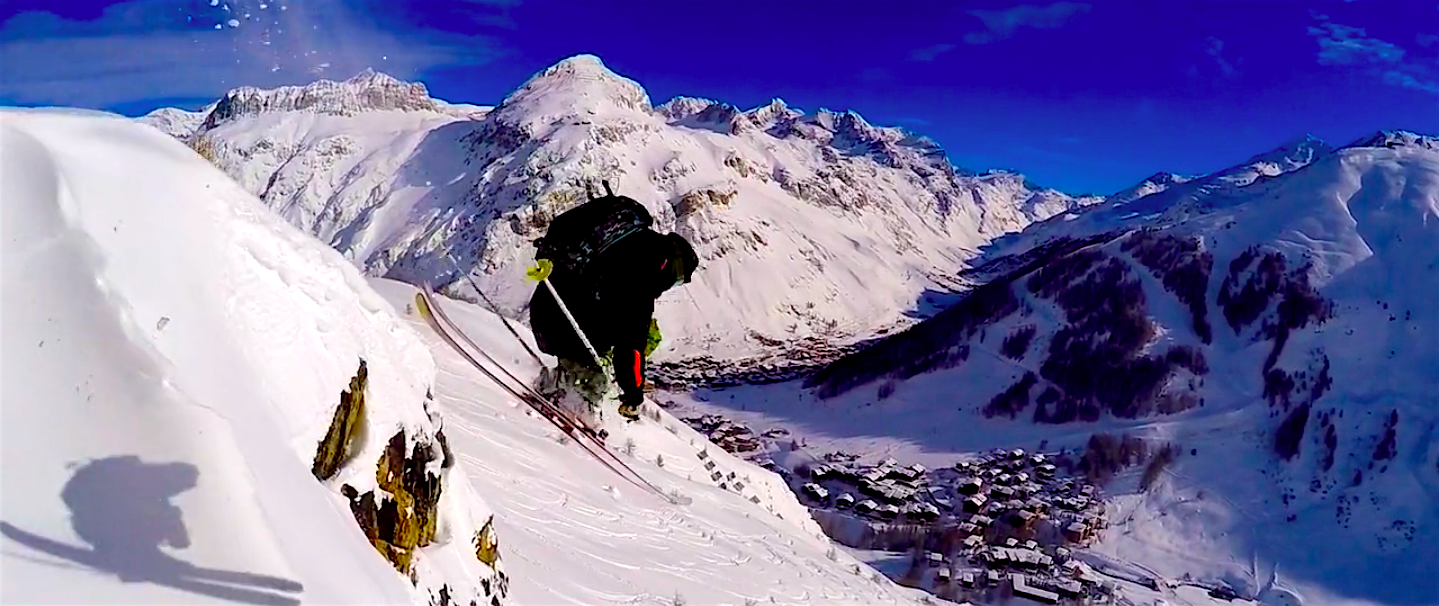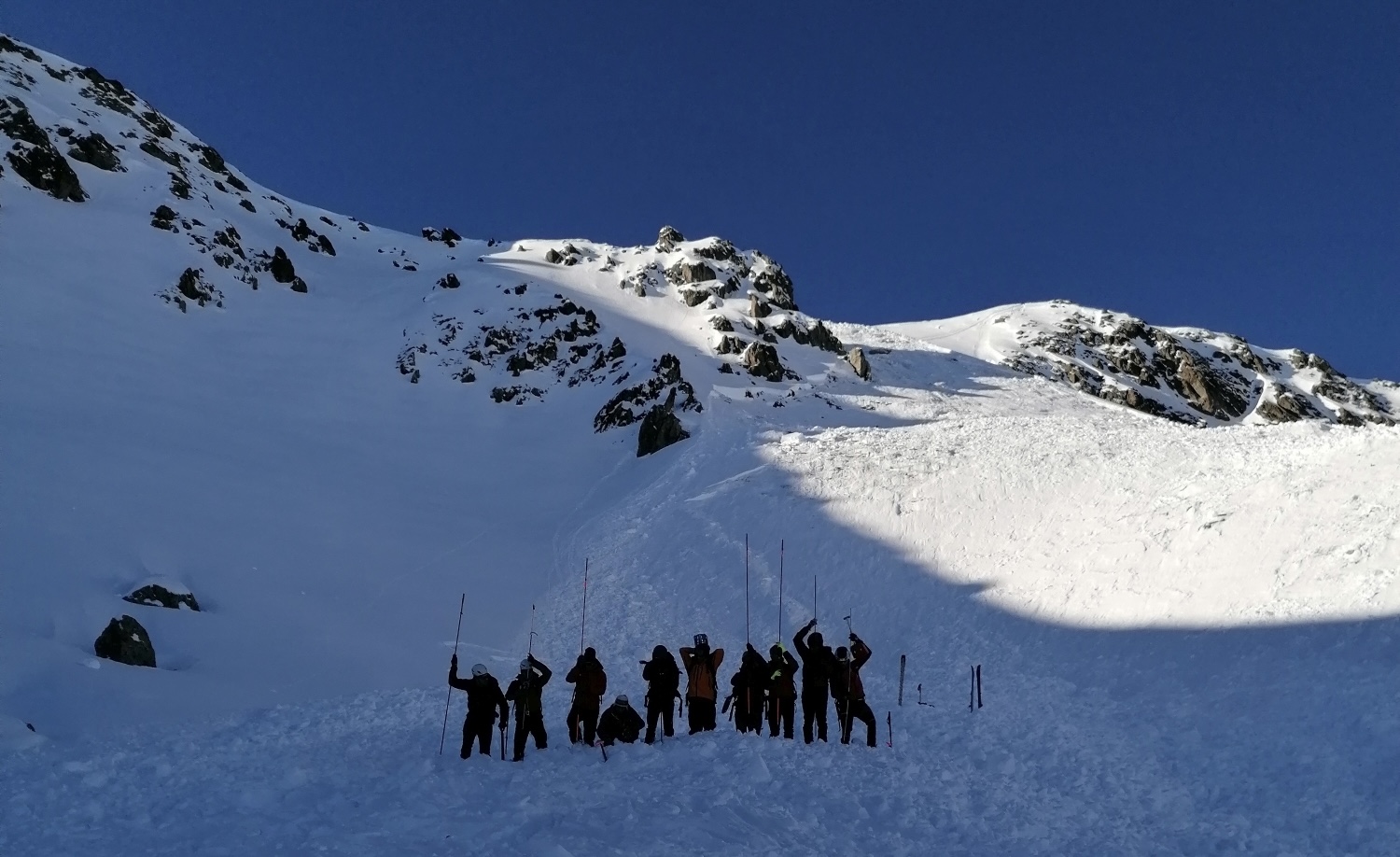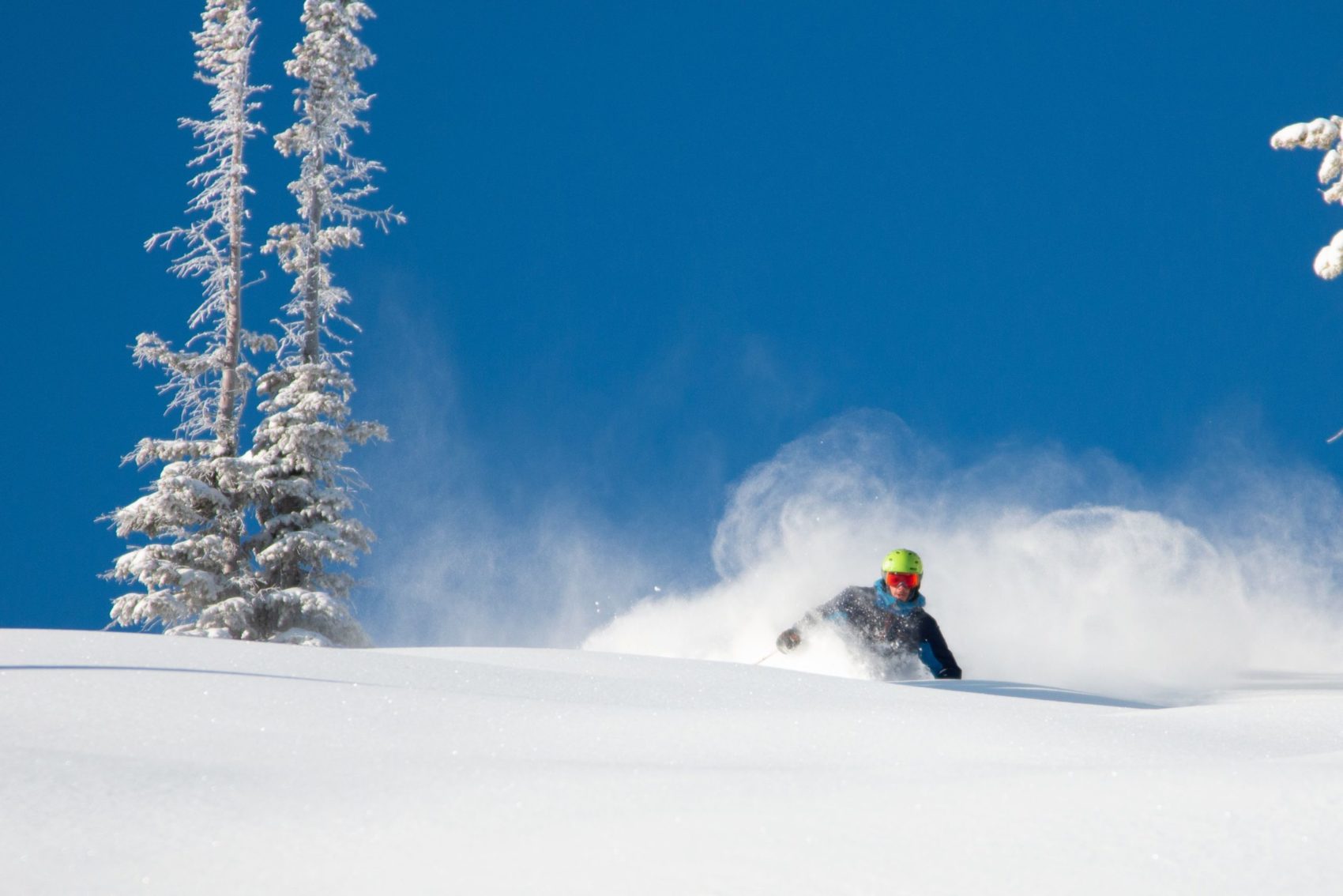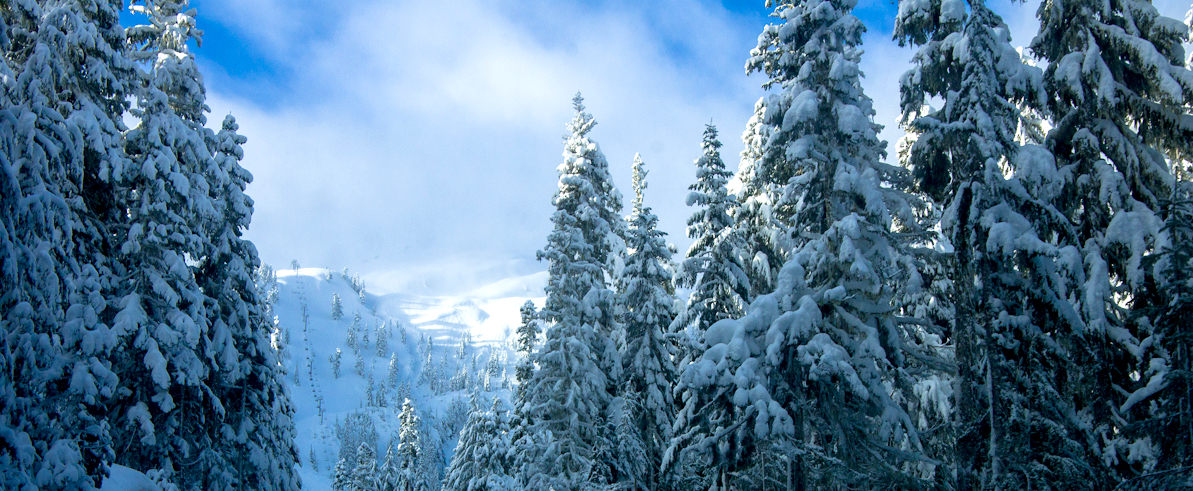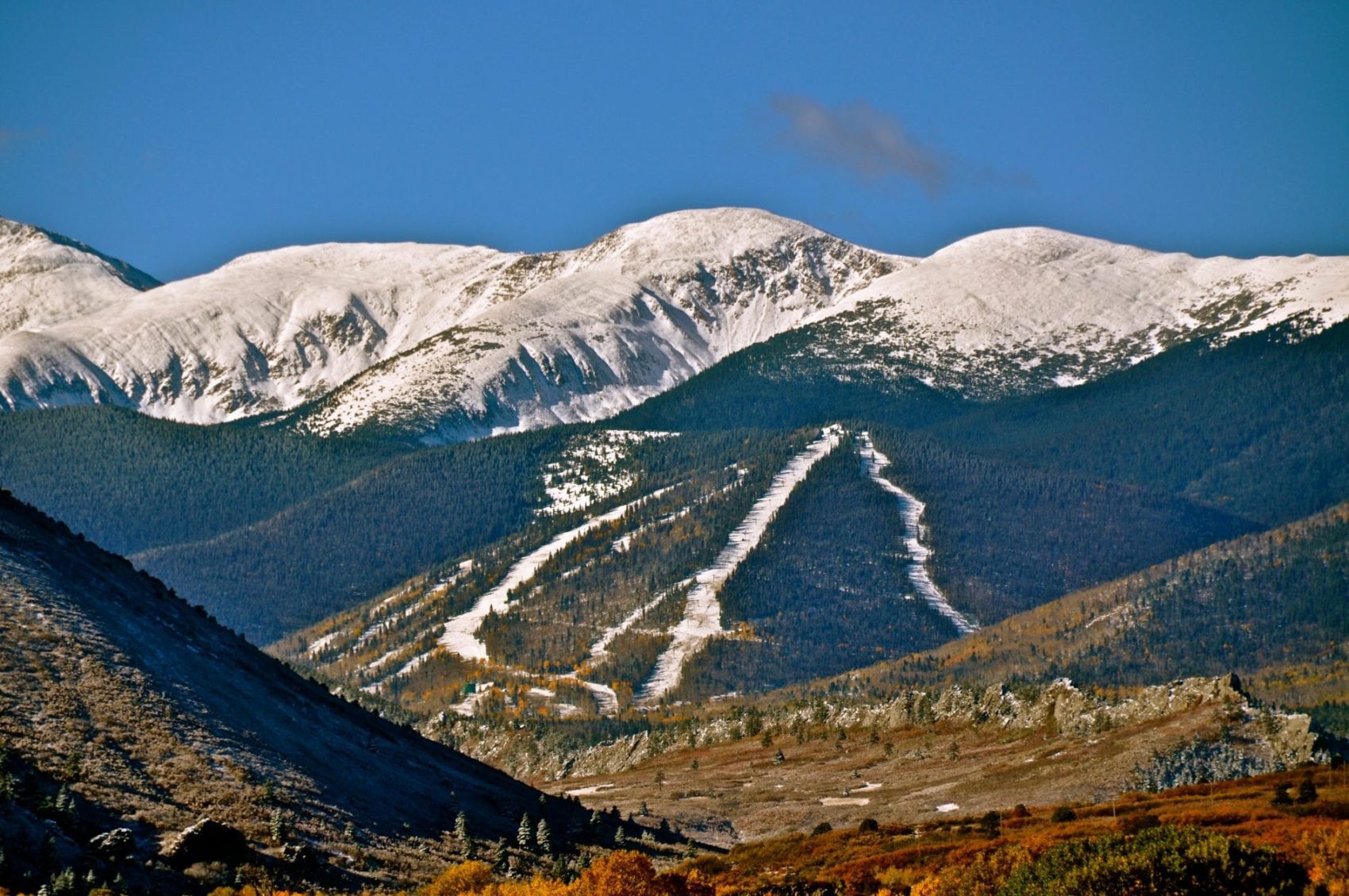
Colorado’s high country is littered with the relics of the state’s ski history. Since the late 19th Century some 200 odd ski areas and community ski hills were created throughout Colorado. Today just 30 active ski areas remain. Some of those lost ski areas exist as little more than personal memories and an honorable mention in one of the many books on the subject. A perishing few sit in eerie silence with lift equipment and base facilities abandoned to the ravages of Mother Nature and time. In a remarkable twist of fate one of these abandoned ski areas is stirring with signs of life. If the ski community steps into action, a chairlift will start spinning again, and downhill skiing will return to south central Colorado.
If it were possible for a ski area to be conceived with original sin, then the case in point would have to be Cuchara Valley Ski Area. Born out of an idea not to create a great ski area but to create a real estate investment opportunity, Cuchara’s troubled history should come as little surprise. Investors from Texas put the money forward to create the southern Colorado ski area that was originally called Panadero in 1981. After its inaugural season Panadero was renamed Cuchara Valley Ski Area after the valley and small town sandwiched between the spine of the Sangre de Cristos, and the Spanish Peaks. Just a few years after opening, financial instability caused Cuchara’s financial backers to refuse to provide the money necessary to operate for the entire season. As a result, the 1985-1986 season came to an early and screeching halt in February. In what would become a recurring theme, new management was sought for Cuchara. Poor management and poor snowfall depressed skier turnout to the point that Cuchara’s owners decided to close the ski area until new owners could be found. From 1989 through 1992 Cuchara sat unused. Between 1992 and 2000 Cuchara was owned by a succession of Texas businessmen. Cuchara’s final owner, who also owned Ski Rio in New Mexico, brought some stability to operations and management. Yet, the ski area was never able to attract enough skiers to stay profitable. Both Cuchara and Ski Rio were closed suddenly in 2000. The United States Forest Service delivered the coup de grace in 2001 when Cuchara’s special use permit was pulled.
While much of the land that encompassed the ski area of Cuchara is public land, some 47 acres at the base is privately owned. Since 2001 another slew of investors, many of whom were also from Texas, have repeatedly bought and sold this private property. The parade of investors have proposed a litany of schemes over the years from: plans to reopen the ski area, plans to reopen the ski area and revamping the base into a year round resort, just updating and reopening the resort, to making a quick buck through the quick purchase and sale of the property.
The mismanagement and failure of Cuchara ski area through the constant scheming by out of state investors has decidedly irked the residents of Huerfeno County. While Cuchara was probably not going to be the next Telluride, any successful ski area would have brought increased economic vitality to an area that sorely needs tourist dollars and outside investment.
Driven by the zeal to show that the residents of Huerfano County make better managers than investors from Dallas, the residents of Huerfano County banded together and got to work. The Cuchara Foundation was formed in 2008 with the mission to, “provide education and resources to increase the welfare and knowledge of the Cuchara Valley, its history, environment, and activies.” In 2017, the Cuchara Foundation supplied Huerfano County with the $150,000 necessary to buy the 47 acres at the base of Cuchara. Cuchara Mountain Resort was renamed Cuchara Mountain Park as Huerfano County intends to operate the resort as a year round, multi-sport, educational and cultural event center. That has skiing, of course.
With the creation of Cuchara Mountain Park the public has gained an important access point to public lands, which are limited in size and access in south central Colorado. Utilization of Cuchara Mountain Park for winter recreation was minimal during the 2017-2018 season, likely due to the record low snow year. The record high snow of the 2018-2019 season attracted large numbers of snowshoers, cross country skiers, and backcountry skiers on the other hand.
Work on Cuchara Mountain Park has commenced rapidly, with local volunteers stepping forward in the summer of 2017 to renovate the day lodge building, and to construct hiking and cross country ski trails. The work was not limited to renovations of the base, however. The local volunteers began examining Lift 4 to assess it’s potential to be restored to working order. In spite of sitting abandoned for almost a generation, Lift 4 runs! Since Lift 4 resides solely on the private property that now encompasses Cuchara Mountain Park, no special use permit is required from the Forest Service to operate the lift. As such, lift served downhill skiing might soon return to south central Colorado.
Cuchara Mountain Park recently started a fundraising campaign to return Lift 4 to operational service. A donation of any amount is appreciated, but $500 will see your name on one of the 73 chairs and earn you a one-year season pass. Should the campaign be a success Cuchara Mountain Park would be the first new lift served ski area in Colorado since Silverton Mountain opened in 2002.
A master plan has been developed for Cuchara Mountain Park that envisions developing and growing the park over 4 phases, with Phase 1, 3, and 4 involving skiing. With the, potential, ultimate goal of securing a new special use permit from the Forest Service, and returning Lift 3 to service. Yet, that is a big if. And it is predicated on a successful fundraising campaign returning Lift 4 to service. Only time will tell what skiing opportunities are in store for Cuchara Mountain Park.
If you would like to see downhill skiing opportunities expanded in south central Colorado you can contribute to the campaign to return Lift 4 to service by clicking here.

